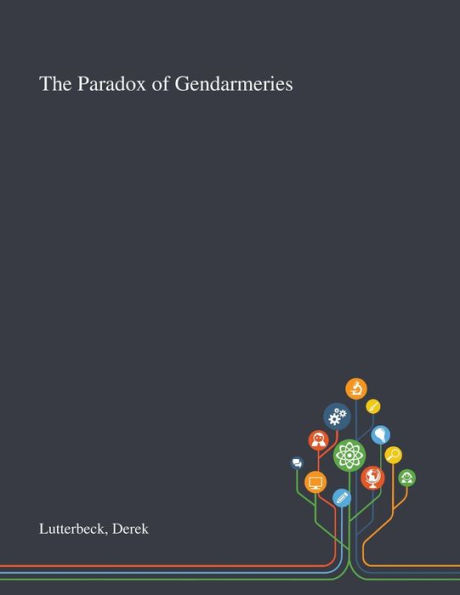Home
The Paradox of Gendarmeries
Loading Inventory...
Barnes and Noble
The Paradox of Gendarmeries
Current price: $37.95


Barnes and Noble
The Paradox of Gendarmeries
Current price: $37.95
Loading Inventory...
Size: Hardcover
*Product Information may vary - to confirm product availability, pricing, and additional information please contact Barnes and Noble
This paper describes and explains the evolution of gendarmerie-type forces, i.e. police forces with a military status, over the past three decades. It focuses on their institutional features and functions, including material and human resources, and uses case studies from Europe, the Middle East and North Africa to illustrate these characteristics in different contexts. The overall development of gendarmeries has been a somewhat paradoxical one. On the one hand, most of these forces have witnessed a considerable expansion, and come to assume an increasingly prominent role in addressing many of the currently most important security challenges, ranging from border control and counterterrorism to public order tasks in international peace operations. On the other hand, there has also been a trend towards the demilitarization of gendarmeries, which in some European countries has ultimately led to their dissolution and integration into the civilian police. The paper suggests an explanation of these seemingly contradictory developments with reference to two broad â and at least partly opposing â trends: the convergence of internal and external security agendas, which to a large extent is a post-Cold War phenomenon; and the demilitarization of internal security, which is a more long-term historical trend and part of the more general democratization process. Based on this analysis, the paper predicts that in the long run gendarmeries are likely to be further demilitarized, eventually losing their formal military status, although in the context of international peace operations militarized gendarmerie forces are expected to play an increasingly significant part. This work was published by Saint Philip Street Press pursuant to a Creative Commons license permitting commercial use. All rights not granted by the work's license are retained by the author or authors.


















